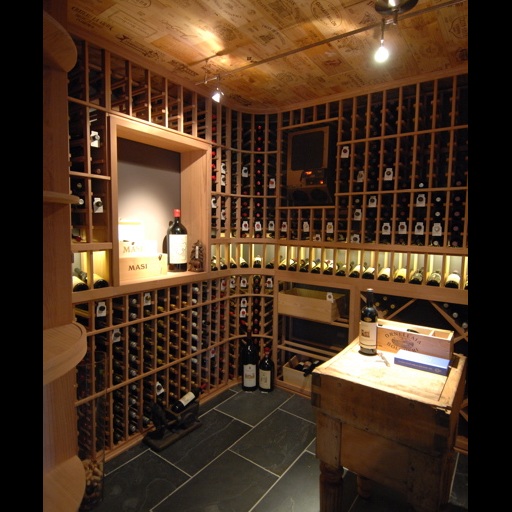If you embark on a wine cellar project, there are several essential things that you need to consider before you begin your wine cellar construction. To start with, you need to choose a location that is not exposed to direct sunlight, like your basement.
If you don’t have a basement, you can always build your wine cellar above ground. Make sure that the location you choose has an adjacent room where exhaust from the cooling unit can be discharged.
Wine Cellar Insulation
Your wine cellar should be properly insulated to help maintain the desired conditions. Vapor barriers should also be installed on the warm side of your cellar walls in order to prevent moisture build up.
When you pick out your flooring material, it is best to use solid surfaces. Sealed hardwood, ceramic tile, and stone work are some of the popular choices. Don’t ever use carpets since these can cultivate mold and mildew growth.
Doors and windows should be exterior grade since this will most definitely keep the cool air in. Your wine cellar door should be weather stripped and installed with a bottom sweep.
If you prefer glass doors, it is recommended that you use double or triple paned glass that is well-insulated. Should you choose to have windows in your cellar so that your clients can view the wines you have on display, make sure your cellar windows have a good sealant and high quality framing.
Wine Cellar Lighting System
When it comes to your lighting system, always choose from a low wattage source. The lighting system in your wine cellar should just be enough to read the wine labels but not too much as to introduce heat in the environment.
Commercial Wine Cellar Cooling Systems
Your wine cellar should also have a climate controlled environment. This is made possible by installing a wine cellar cooling system. This unit maintains temperature between 50 and 59 degrees Fahrenheit, and humidity between 60% and 70%. Regardless of whether you own a home or commercial wine cellar, cooling systems are an integral part of your wine storage room.
In order for a commercial wine cellar to maintain optimal conditions, it should be equipped with a high quality wine cellar cooling unit. Commercial wine cellar cooling systems have various features that can complement any wine cellar design, either private or commercial.I t is important to keep in mind that these cooling units are not at all like regular air conditioning units.
Commercial wine cellar cooling systems are specifically designed for commercial wine cellars. These cooling units regulate temperature and humidity inside a wine storage room in order to provide the right conditions for wines to mature nicely.
The three common types of cooling units on the market are through the wall systems, self-contained units, and split cooling systems. When picking out a wine cellar cooling unit, you need to consider the dimensions of your storage area as well as the number of wine bottles in your inventory.
Split cooling systems are usually recommended for commercial wine cellar cooling because these units can be ducted away from the wine cellar and they are unobtrusive. With that kind of set up, noise and vibration are reduced, and it leaves your wine storage with enough space for more wine bottles.






